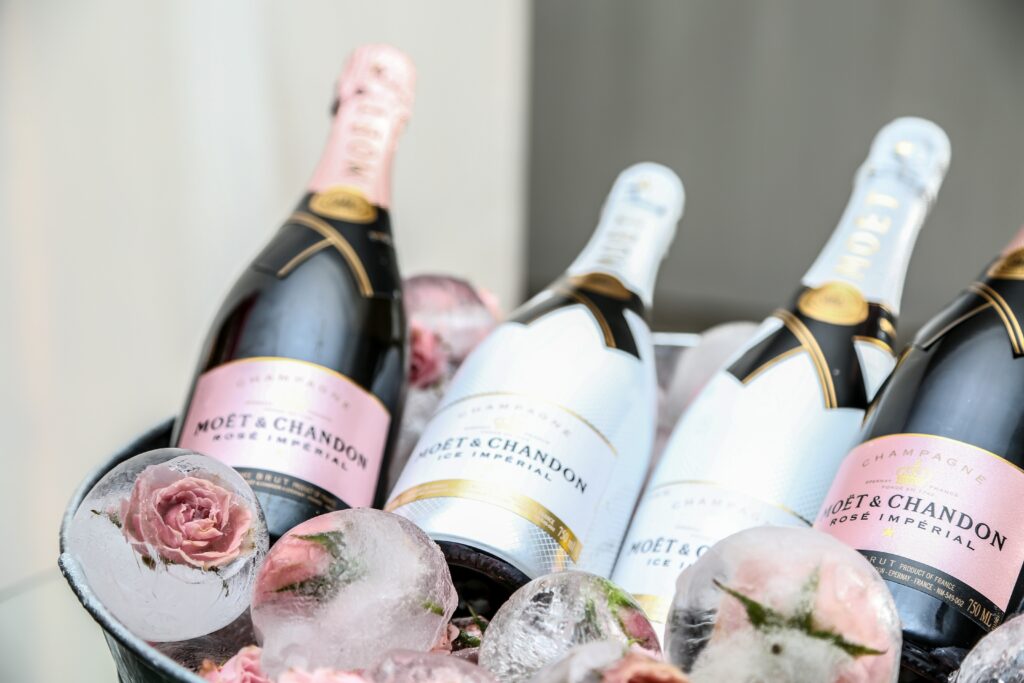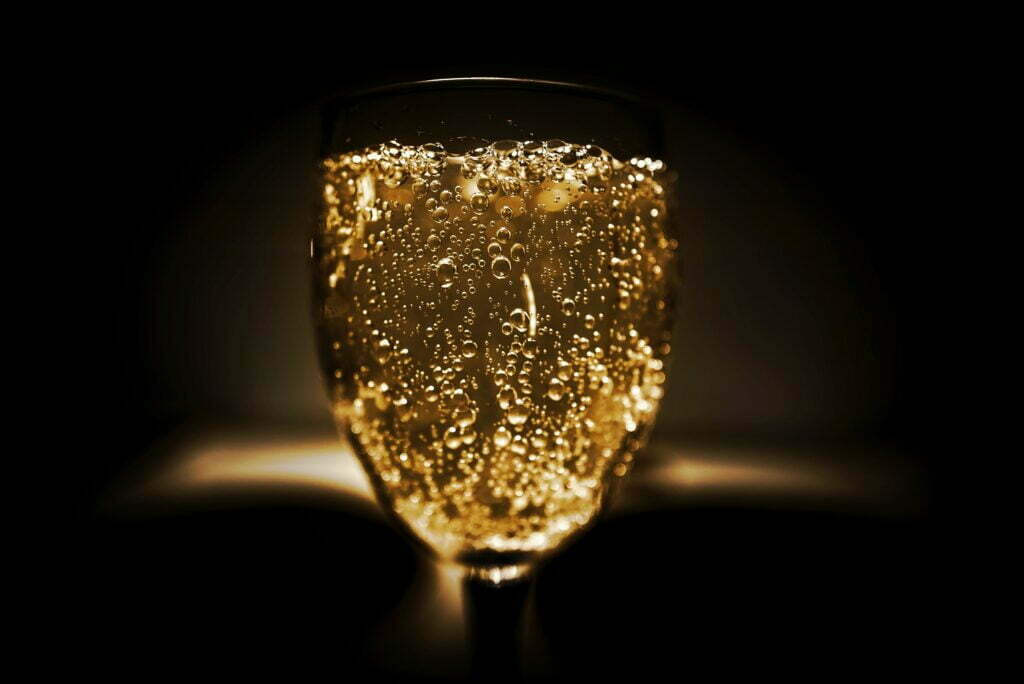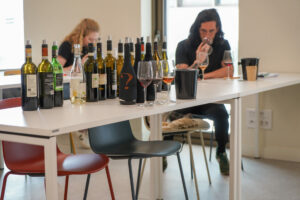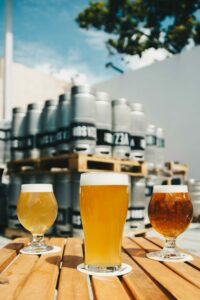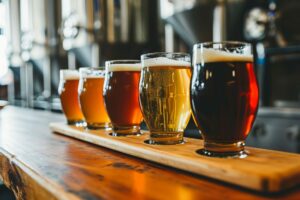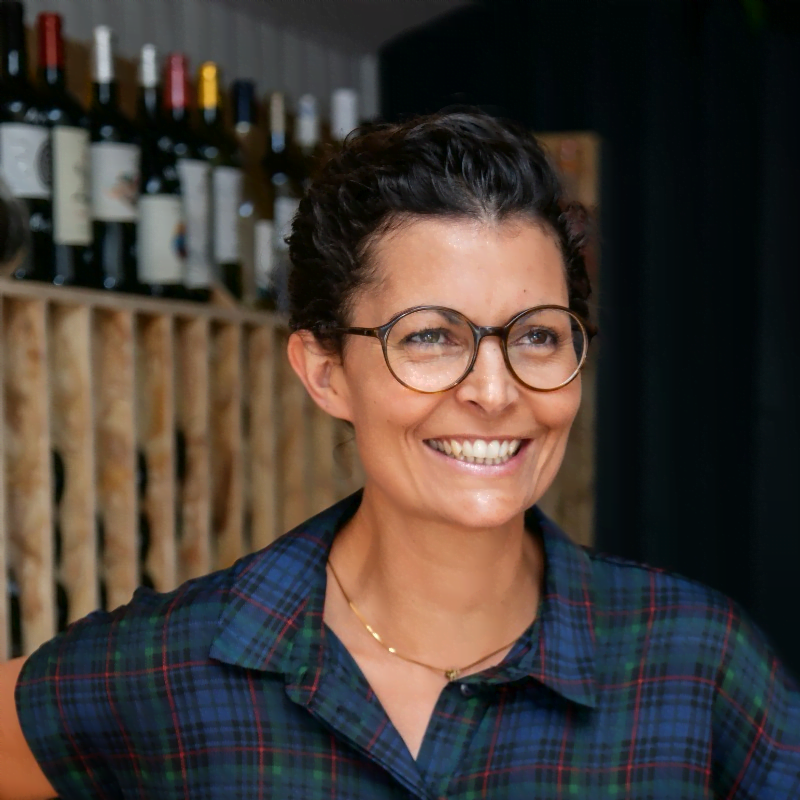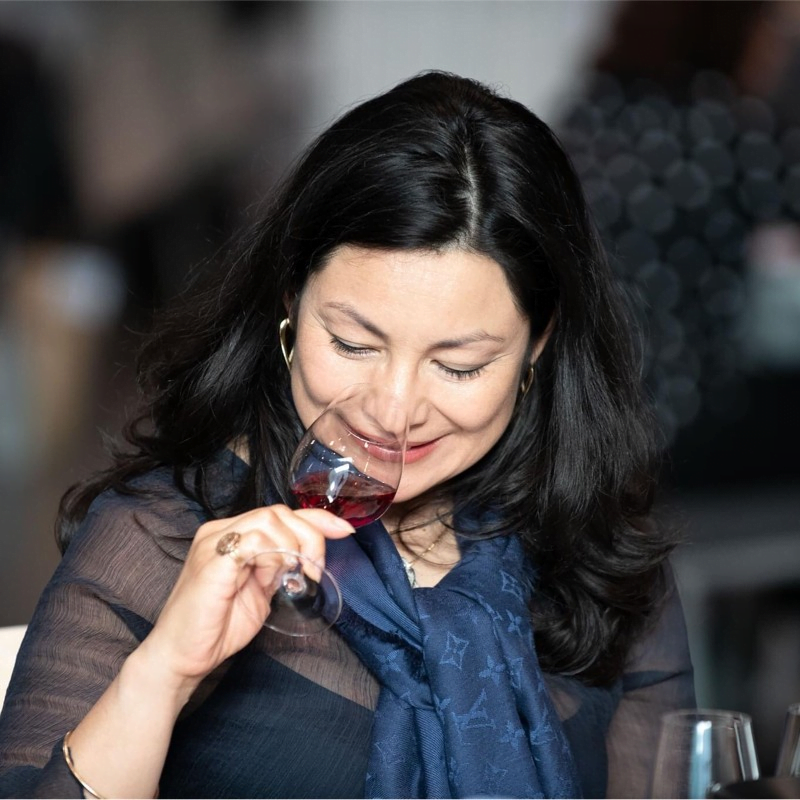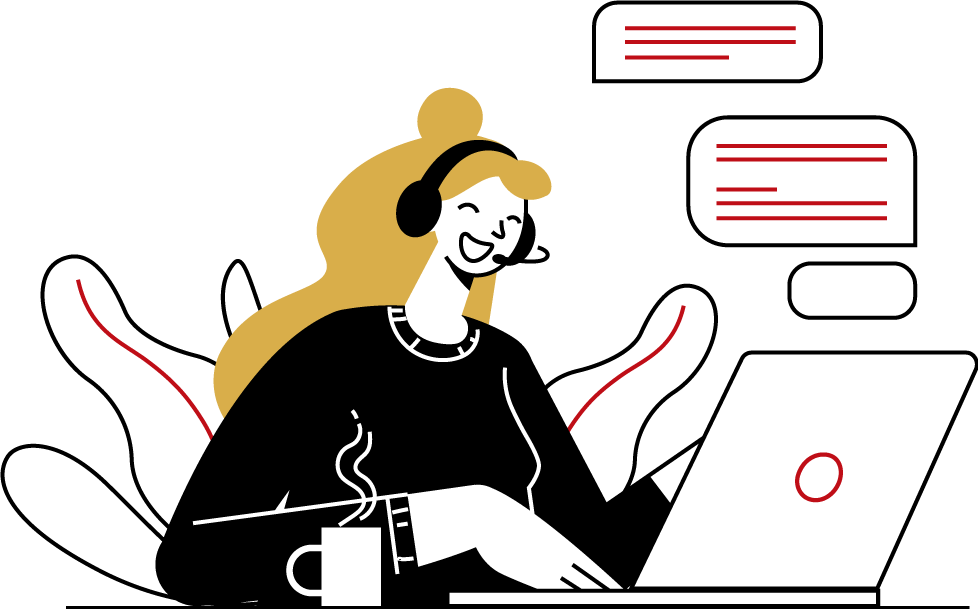Would you like to a sparkling, a fizz, a bubble? According to an OIV report, the production of sparkling wines in the world has increased by 57% since 2002. These wines seduce more than ever. Do we owe their existence to Dom Pérignon as is often thought? If this famous monk certainly contributed to the improvement of the quality of Champagne wines, it was probably the English who laid the foundations for the production of sparkling wines. However, effervescence has always existed. We will discover how these wines have the ability to turn small imperfections into magic.
Where does the bubble come from?
The bubbles responsible for effervescence are nothing more than a by-product of the alcoholic fermentation. Alcohol and carbon dioxide (CO2) are produced by the breakdown of grape sugar by yeast. If it is trapped rather than allowed to escape into the air, as in the production of still wine, it dissolves in the wine, causing bubbles to form. CO2 thus goes from being a by-product to being a star.
Bubbles are therefore inherent to the alcoholic fermentation process and depend on the choice of the winemaker. From this observation, we can make the hypothesis that sparkling wines have always existed. Some ancient texts attest to this: Pliny the Elder (79 AD) already mentions what would be the ancestor of the Clairette de Die, of which the vinification process is probably one of the original methods.
Does it gas at home?
Effervescence is ancestral, it is its mastery that is recent. Before Pasteur’s work in the middle of the 19th century, alcoholic fermentation was poorly understood. When winter arrived, the yeasts slowed down their activity, suggesting that they had completed fermentation. Wines were marketed and often travelled. However, when spring arrives, the yeasts woke up to finish the job, causing an unexpected effervescence in the wines and the surprise of merchants and consumers.
As a result, they were often rejected or even considered devil’s work. Cellar workers had to wear iron masks to protect themselves against these demonic wines, whose explosion could injure them. The term “still wine”, a wine without bubbles, as opposed to a sparkling wine, makes more sense.
Sparkling wine as we know it today probably dates back to the 17th century. It was the English, it seems, who first understood how it worked and who appreciated it. They would buy still wine in France and had it carbonated at home, adding sugar or molasses to cause a second fermentation in the bottle.
The invention of coal-fired ovens in England was to be decisive in this story. Thanks to this revolution, the English produced glass bottles that were strong enough to withstand the pressure of the carbon dioxide accumulated during the second fermentation. No more jumping bottles. These processes were soon relayed to France by clever monks who then improved the technique and applied the principles in our vineyards. It was probably in Champagne that the foundations of the traditional method, i.e. a second alcoholic fermentation in the bottle, were established, notably thanks to Dom Pérignon.
And let it jump!
At the end of the prise de mousse (the stage when the gas dissolves in the wine), the CO2 trapped in the liquid is almost 6 times higher than the atmospheric pressure. So let us see what effect this pressure has on the cork: under these conditions, it can be expelled at a speed between 40 and 100 km/h. Enough to knock a man out! It takes less time to land in the eye than a blink of an eye. Joking aside, it is the leading cause of accidental blindness in France.
Therefore, be careful when you open your bottle if you don’t want to see a festive evening end in disaster. Here are the steps to follow to avoid a tragedy and open a bottle of wine in the proper manner: remove the cap that covers the cork and the wire cage, turn the collar 6 times without removing it, this will avoid accidents and allow a better grip when opening. While maintaining a firm pressure on the cork with one hand, use the other hand to turn the bottle on itself by holding it by the bottom, while moving it away from your guests. The pressure in the bottle will release the cork and your grip will allow you to control the exit smoothly. It is therefore the bottle that must be turned, not the cork! If the wine foams, it is not cool enough or has been shaken, the bottle should be kept at an angle.
The bubble and the glass
To bring out the best in these wines, you need the right vessel. The ideal glass should reflect the qualities of the wines it contains: clarity, finesse, elegance. Perhaps no other wine has aroused as much interest in this subject as Champagne.
The coupe has long been the receptacle of choice. According to legend, its sensual shape was designed after a cast of Marie-Antoinette’s or the Pompadour’s breast. At their table, wine was poured in the manner of Moroccan tea to better activate the foam. Although it has disappeared from the high end tables, the coupe continues to occupy the dusty cupboards of older generations. It has been shown that degassing is much more important in a coupe and the wine loses its aroma. It is therefore best to relegate it to the cocktail service. That said, better drink Champagne in a coupe than not to drink it at all!
A more phallic shape was later adopted, that of the flute, still widely used today. It has the advantage of allowing an excellent visual examination but is increasingly criticised for limiting the olfactory examination. Research into functional glasses is now offering effervescent glasses with a wider body. In 2018, the Sixty glass, named after its 60-degree angle, was developed by Hervé Fort, director of Domaine Les Crayères, and Gérald Liger-Belair, the “champagne physicist”, who devotes his research to the magic of the bubbles. The surprising shape of this glass is designed to preserve the bubble and compensate for the loss of olfactory sensations when the liquid falls.
The bubble in the glass
Bubbles are born from a tiny imperfection and this has a beautiful name: nucleation. For them to take shape, they need catalysts, traps that create small pockets of air and allow them to form. Cellulose fibres from the cloth or small dust particles attached to the surface of the glass, depending on their shape, these traps can cause a “chaotic” or more regular release of bubbles, which is known as a collar. Without these small imperfections, however, there are no bubbles in the glass, which can be experienced in an overzealously cleaned glass or a plastic cup. Some glassmakers now offer glasses with frosted bottoms to encourage gassing. The faster the liquid is poured in, the more bubbles will form in the glass afterwards. Moreover, it is always more intense and coarse at room temperature than at low temperature. For a fine bubble, better serve the wine cooler.
According to Gérald Liger Belair’s calculations, there are no less than 12 million bubbles in a glass of Champagne. So don’t worry about their persistence in your glass. And if the bubbles exalt the aromas, it is therefore not necessary to shake the wine in the glass as you would with a still wine, it seems that they also exalt our senses. It could be that the CO2 hastens the intestinal absorption of alcohol in our body, thus getting us drunk faster.
Some definitions
The sensation that bubbles provoke on contact with our palate is called « somesthesia », from the Greek soma, the body, and aísthesis, sensation. It is therefore a physical perception, not related to the sense of taste, like acidity or sweetness, but to the sense of touch, in the same way as the sensation of heat given off by alcohol, or the sensation of dryness that tannins can cause.
It is noted that carbon dioxide tends to harden wines, to increase the perception of acidity, and sometimes of sharpness. This explains why there are few examples of sparkling red wines. Indeed, the bubbles reinforce the perception of tannins, making the wines more austere. In white wines, on the other hand, it is sometimes added or preserved in small quantities, and favours the sensation of “freshness”, much sought after by consumers today. The term “sparkling” refers to a wine produced by a second fermentation in bottle or in a closed tank. Champagne, Crémant, Spanish Cava and Italian Spumante belong to the large family of sparkling wines.
Some other considerations
Bubble size is often associated with wine quality. Indeed, quality sparkling wines are sometimes kept for years by the big houses before being marketed. However, the more time passes, the less CO2 concentration there is in the wine. It is therefore not the bubbles that make the wine finer, but the opposite.
Finally, a few recommendations to make the most of the bubbles in your glasses. Wash them without detergents that prevent the formation of the bubbles, in very hot water, then polish them with a clean cloth. Store your glasses upright and protect them with an odourless kitchen towel. To finish our odyssey, to best preserve the bubbles in the bottle after it has been opened, no need to place a teaspoon in the neck of the bottle, this rather widespread belief has been discredited. The best way is yet to finish it!

